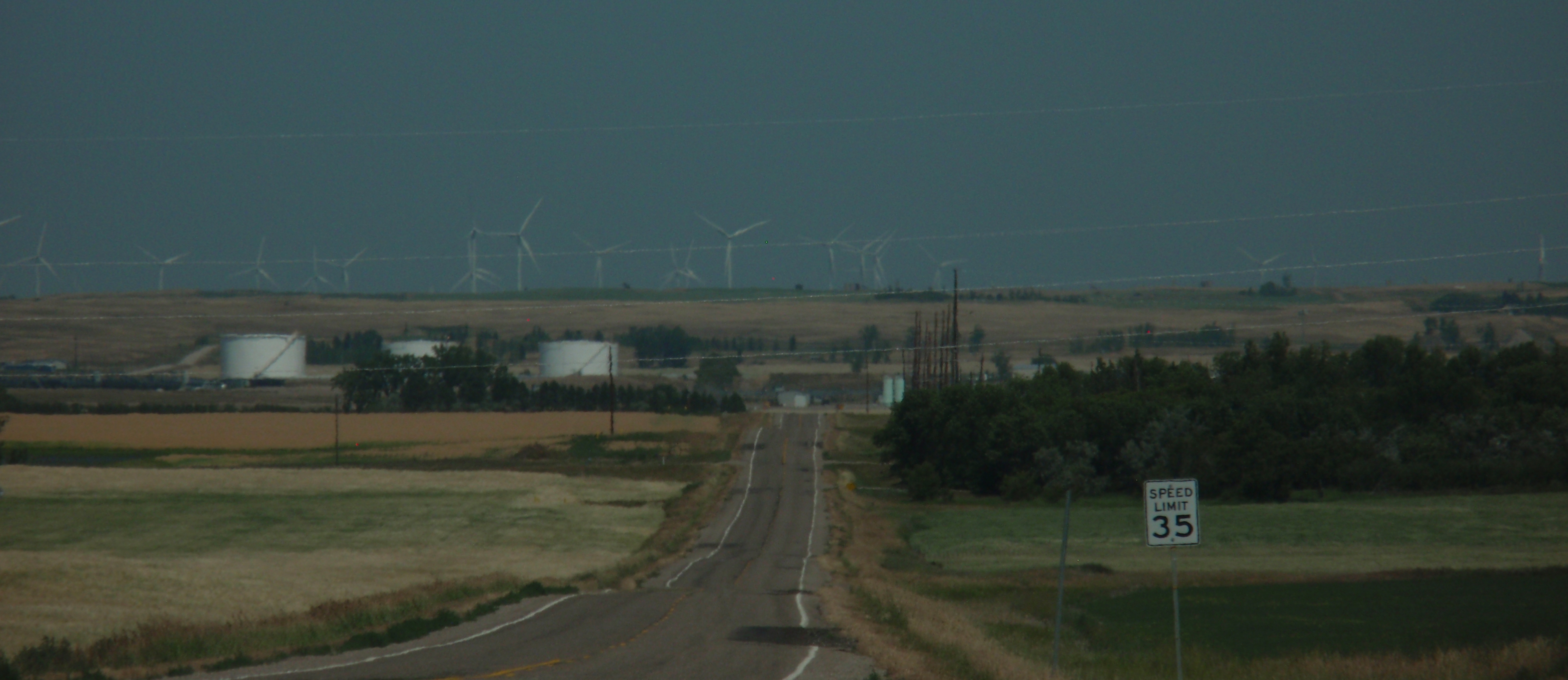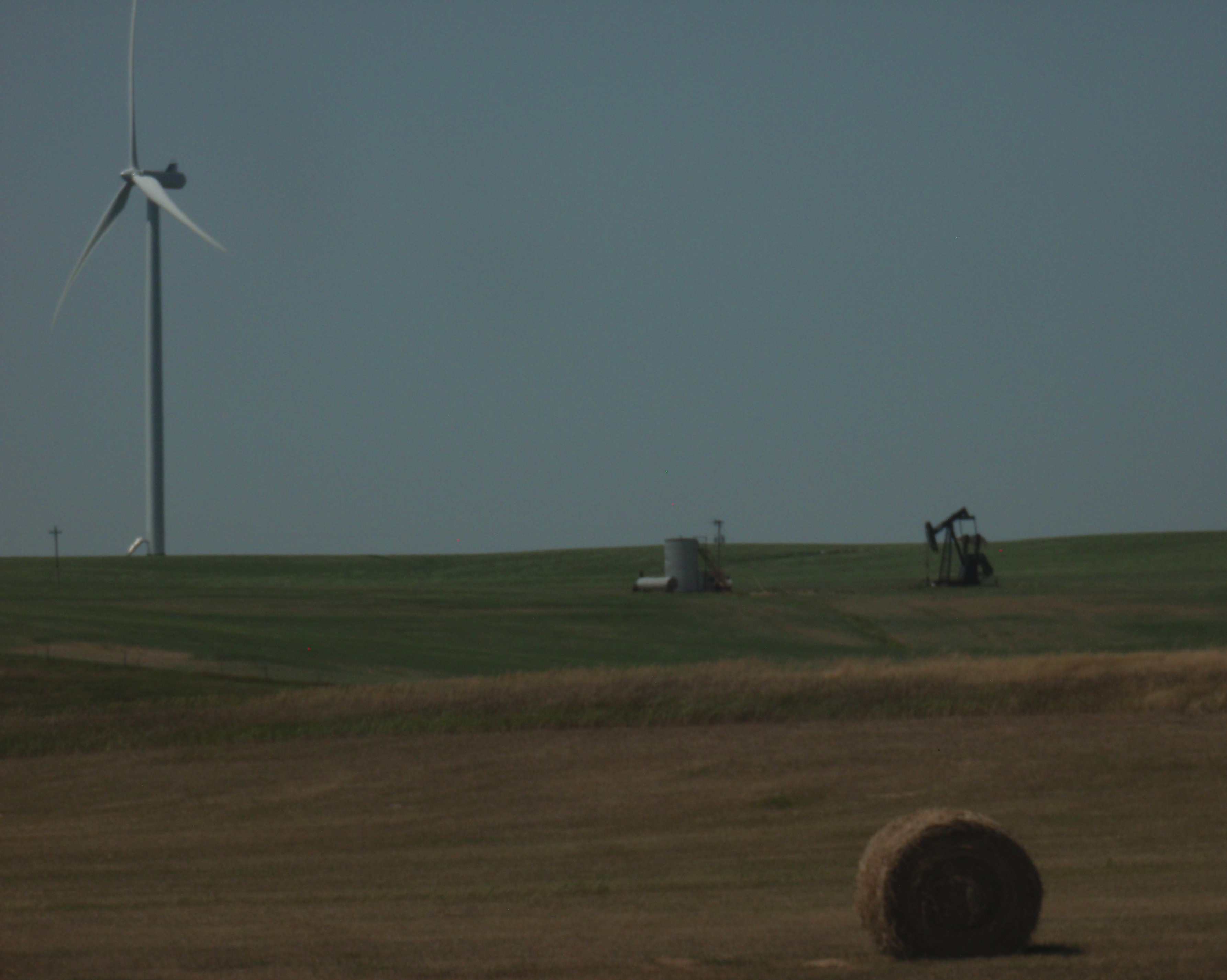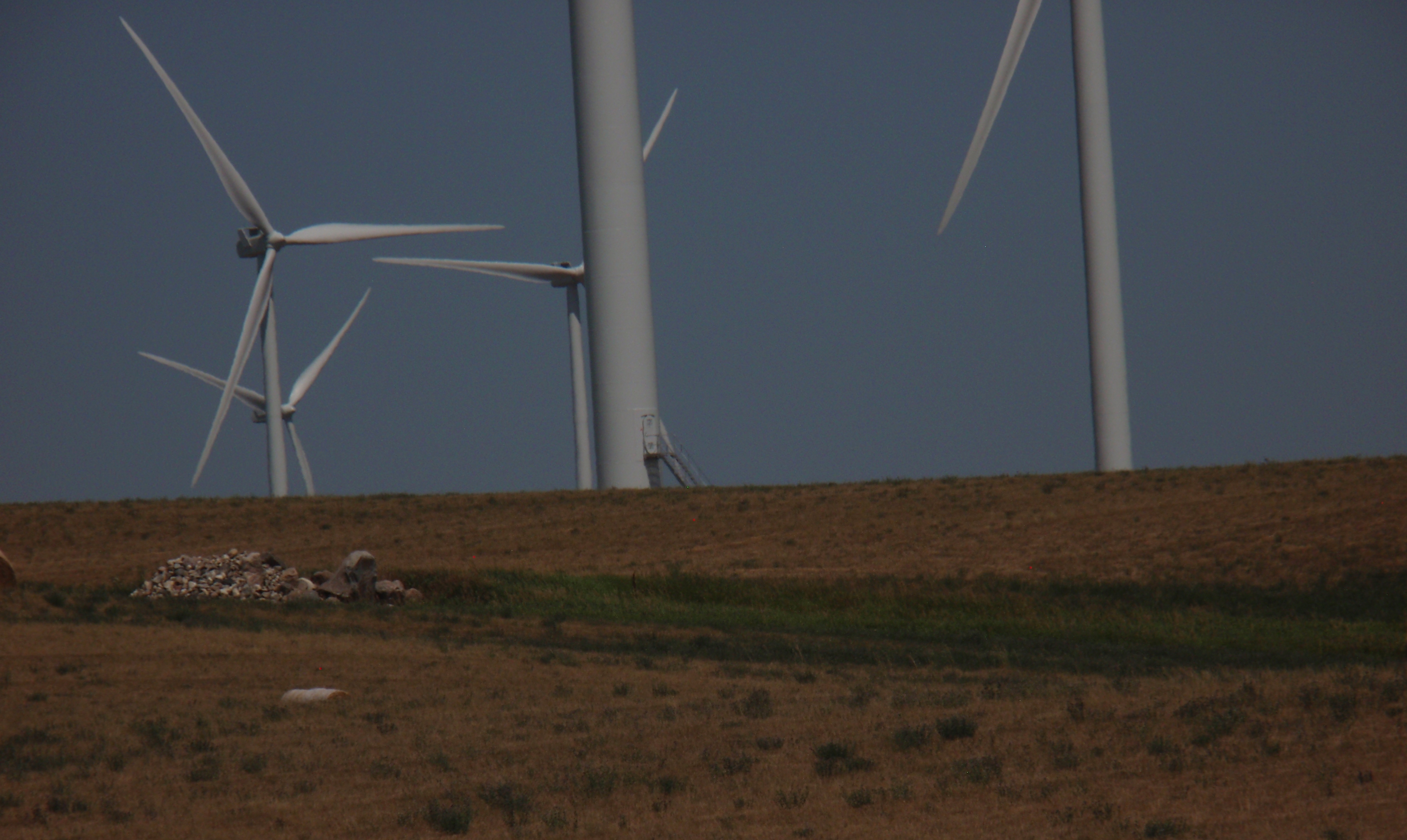
The bad news from slicer-and-dicers just keeps rolling in.
- Article describes lack of CO2 benefit while running up cost of electricity in Minnesota
- Description of environmental cost of building a wind tower
10/15/17 – Powerline – “Green” Energy Fails Every Test – Minnesota is touted as a model of green energy. With around $15 billion poured into wind power, the state is a good example of the damage from green.
More wind is produced in spring and fall, which does not correlate to when more electricity is needed, which is summer and winter.
So how has that $15,000,000,000 dumped into bird chopping turbines turned out?
CO2 emissions from the state, according to a new study, have only declined slightly. The drop during 2 years was due to an accident that took a coal plant off-line. Other than that, the drop is CO2 has been minor; nothing like what was supposed to happen with all that wind power.
Main reason is wind is very unreliable. When those slice-and-dicers aren’t producing, the energy comes from backup coal plants. So when there is little wind and high demand in the summer and winter, where does the extra electricity come from?
Coal.
When the wind slows a bit in spring and fall, what power source picks up the slack?
Coal.
Article cites the research paper as saying the slight reduction in CO2 in the state is less than the reduction across the US. So basically, all that wind power has been a fail in terms of the self-defined goal of reducing CO2.
What impact is there on cost?
It used to be that Minnesotans paid by 6 cents a kWh compared to about 7.5 cents for the national average. There used to be an 18% break in electricity in the state compared to the average across the county.
Now?
The savings for state residents have disappeared. Check out the graph in Figure 1. That savings has vaporized in the last 5 or 6 years, to the point that now in 2017 electricity in Minnesota costs slightly more than the U.S. average.
Graph shows the average price in the US went from around 7.5c/kWh in 2001 to about 10 cents in 2016. In Minnesota the rise was from about 6 cents in 2001 to about 10 cents in 2016. That is somewhere around a 66% jump in 15 years.
Why?
Wind power is expensive.
Oh, and don’t forget the visual pollution of thousands of acres of land scarred by 400 foot towers, which are visible for a dozen or more miles in every direction.
Good job. More expensive with minimal impact on CO2.

Oh, and don’t forget the environment harm from installing all those turbines
9/5/17 – Instapundit – A commenter at this post gives a description of a wind turbine and the massive amount of carbon needed to create the alleged zero carbon output. Consider the carbon the commenter outlines which is needed to:
- Trench, grade the site, and build extra roads to get to site.
- Dig hole in ground 40’ by 40’ by 30’ feet for the foundation, with said digging completed by diesel-powered heavy equipment.
- Fill said hole with concrete and steel. That would be 48,000 cubic feet, or 1,777 cubic yards.
- Mine the sand and aggregate for that much concrete.
- Transport concrete to site.
- Manufacture generator at top which uses 5 tons of copper. It holds between 50 and 100 gallons of lubricant; imagine how far the eventually-leaking lub will be spread. I’ll guess the future contamination will probably be downwind of the typical wind direction and not likely to be spread 360 degrees from every turbine.
- Drill for the massive amounts of oil needed for the fiberglass in each of the blades.
- Refine said oil.
- Fabricate a tower which contains around 80 tons of steel. How much ore is mined and transported to produce 80 tons of steel? How much coal is burned to make that much steel? How much diesel fuel to transport all the sections to remote rural areas?
It will take heavy subsidies for the tower to even be feasible. And all that carbon output for a wind turbine that will only operate between 17% and 24% of the time.

I realize wind power can be expensive. But we need to start somewhere. There was a hotly contested debate in my area about whether to allow wind-turbines to be erected atop the hills surrounding our valley. The “yeas” won out, and now we have twenty ,300′ tall turbines running along the ridge line near where we live. People got used to them, and we haven’t heard any negative comments from the hardcore nay-sayers . So I assume, I hope correctly, that they aren’t a significant impact on our wildlife. Which was one of the major concerns. Now, I personally don’t trust ANY energy company to do the “right” thing, anytime. But coal, it has to go, period. Oil won’t last forever. Nuclear energy makes me nervous, not to mention the waste generated. That leaves , for the immediate future, the big 3 of renewable energy sources; wind, solar, and hydro.
Hi Jim:
Thanks for taking the time to comment and thanks for sharing what is happening in your community.
On the other hand, we also have…
High cost to consumers. Simultaneous high cost to taxpayers for heavy corporate welfare subsidies. A few dead eagles (a crime, by the way). Lots of dead migratory birds (also a crime). Visual pollution for three decades. Noise and light pollution. Intermittent electricity. Unreliable output. Backup power from coal when the wind isn’t blowing at the instant electricity is needed. Backup from coal when the wind is blowing above or below the correct velocity range. Uncertainty whether there is any net reduction in CO2 while in use. Heavy CO2 generation to manufacture turbines. Artificial demand from buyers due to legislative fiat.
Coal is rapidly being displaced by natural gas due to price competition. The price signal from the free market might take out coal. All the petroleum engineers on the planet collectively don’t know how much oil has yet to be found on this great big planet.
Thanks for taking the time to read and taking the time to comment.
Jim
Good points. I forgot geo-thermal energy :/ Personally my favorite out of them all if it were more practical. I suppose there will always be several opinions on energy, though I believe it will take nothing short of a disaster to bring everyone to the best side of the debate. Hopefully in our lifetime, mankind can come together and finally put an end to all destructive forms of energy production.
P.S. Love the articles. Getting some good reads in 🙂
Hi Jim:
I am hoping for radical breakthroughs in battery storage and solar panel technology, doing for electricity production what horizontal drilling and hydraulic fracturing has done to crude oil and natural gas production. I’m dreaming of a 20-fold or 100-fold increase in capacity and drop in prices. Wouldn’t that be fantastic? Instead of charging a car all night in order to drive maybe 100 miles, imagine being able to commute for a week on a 20 minute charge. Or drive from LA to Vegas on one charge.
Thanks for taking the time to read and comment!
Jim